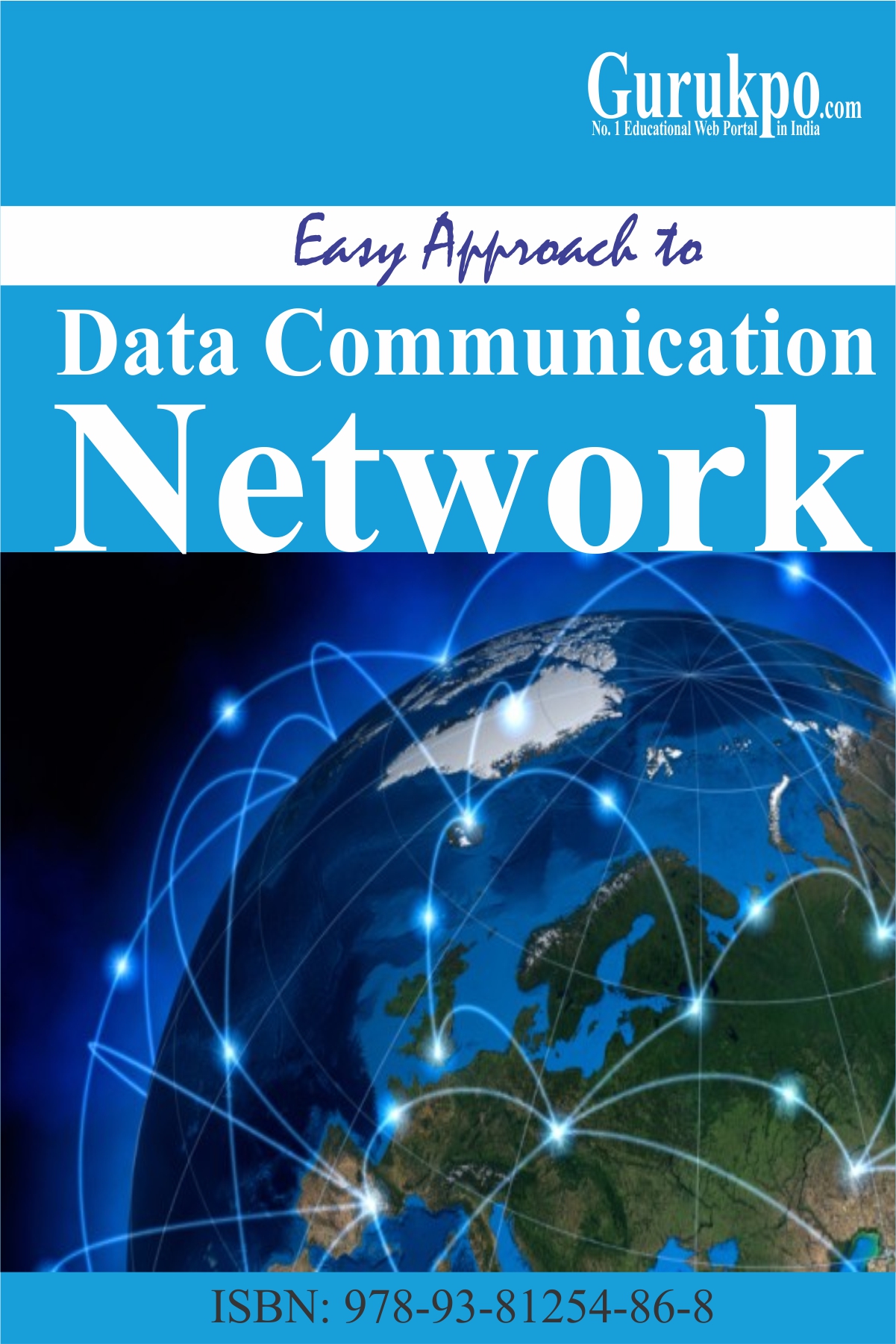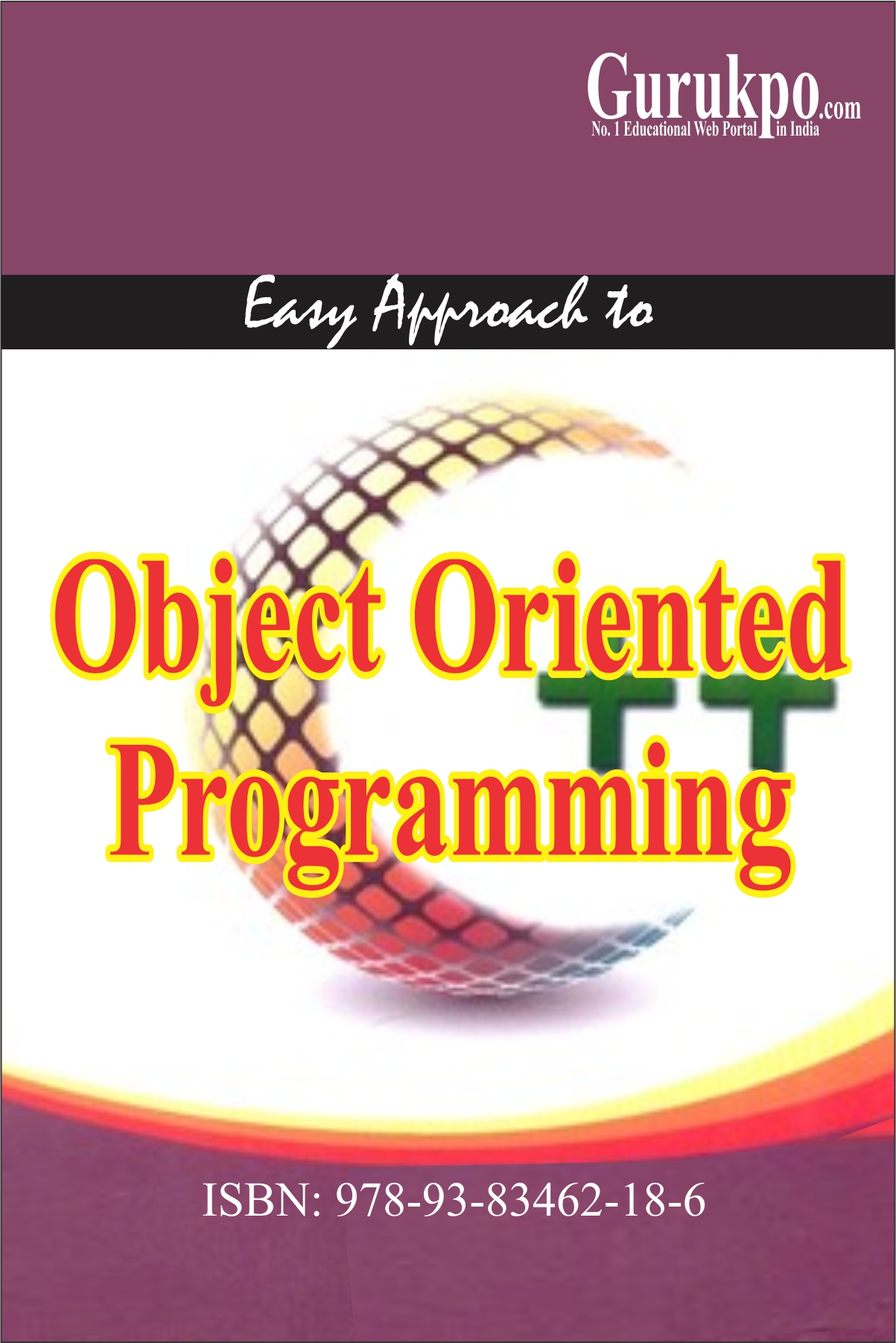
Data Communication Modulation [Principles of Modulation, AM and FM Modular Circuits, Pulse Code Modulation, Basebeand Modulation, M-ary Pulse Modulation waveforms, Duobinary signaling and decoding. Digital Band-pass Modulation] Demodulation [Basics of Demodulation and detection, signals and Noise, Detection of Binary Signal in Gaussain Noise, Demodulation of shaped Pulses, Digital Signal in Gaussain Noise, Demodulation of shaped Pulses, Digital Band Pass Demodulation], Data Transsion [Basic Concepts. Data Communication Systems, Serial Data formats. encoded data formats, error detection and correction], information about microwave [Electromagnetic spectrum, Serial Data formats, encoded data formats, error detection and correction], information about microwave in Communications, FM Microwave Radio Repeaters, [Satellite, Geosynchronous Satellites, Look angles, Orbital classifications, Spacing and Frequency allocation, Multiple accessing, Channel Capacity.] and optical fiber communication [Basic concept of light propagation, Fiber Cables, Optical fiber versus Metallic cable facilities, Light sources, Optical Detectors, Fiber cable losses, wave division multiplexing, fiber distributed data interface the fiber channel, SONET]. ISDN [ISDN services, subscriber access to ISDN, B Channels, D Channels, H channels, ISDN services, subscriber access to ISDN, B Channels, D Channels, H channels, ISDN layers, Broadband ISDNI, DSL [Digital Subscriber Lines : HDSL, VDSL,SDSI, IDSL]. Network Technologies Section A Network Architecture, Configuring Network, Network Strategies, Networks Types : LAN, MAN and WAN [Basic Concepts, Line Configuration, Topology, Transmission Mode, Identify Key Components of Network, Categories of Network, Differentiating between LAN, MAN, WANS and Internet]. Section B
The OSI Model, The Physical Layer (Bandwidth Limited Signals, Transmission Media, Wireless Transmission), The Data link Layer, Error Detection and Correction, Data Link Protocols, The Medium Access Sub-layer, The Channel Allocation Problem, Multiple
Access Protocol, IEE Standard 802 for LANs and MANs, Bridges, The Network Layer Routing Algorithm, Congestion Control Algorithm, Internet Working, The Transport Layer, The Application Layer, MAC Protocols for High Speeds LANs. Section C Introduction to TCP/IP [Understand the TCP/IP Protocol Suite, its History and Modification Processes, Compare TCP/IP to the Open Systems Interconnection (OSI) Reference Model, Examine a Number of TCP/IP Applications such as FTP, Telnet, DNS, DHCP, Boot, etc.]









